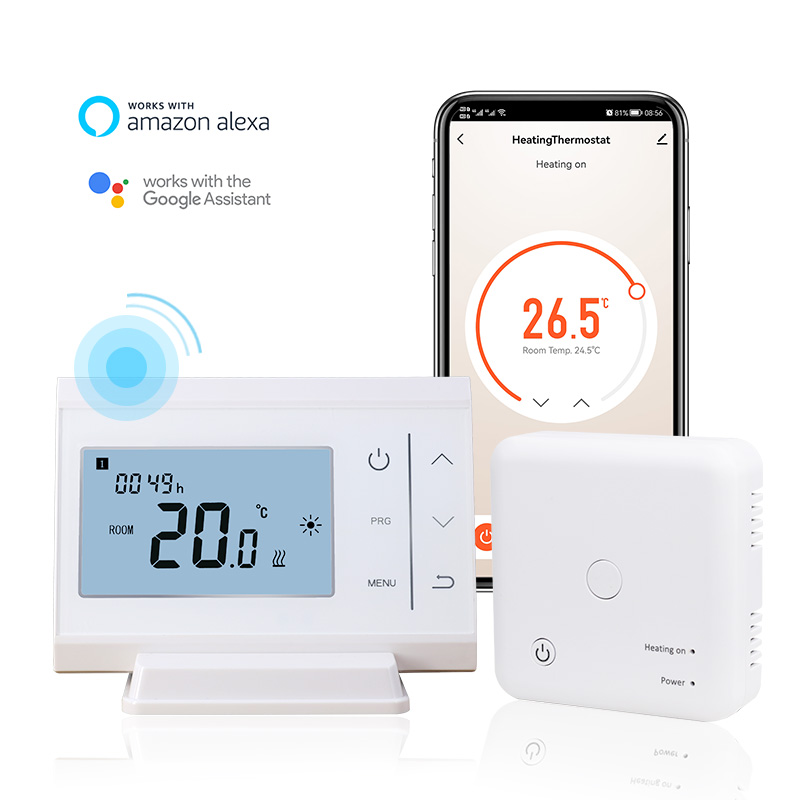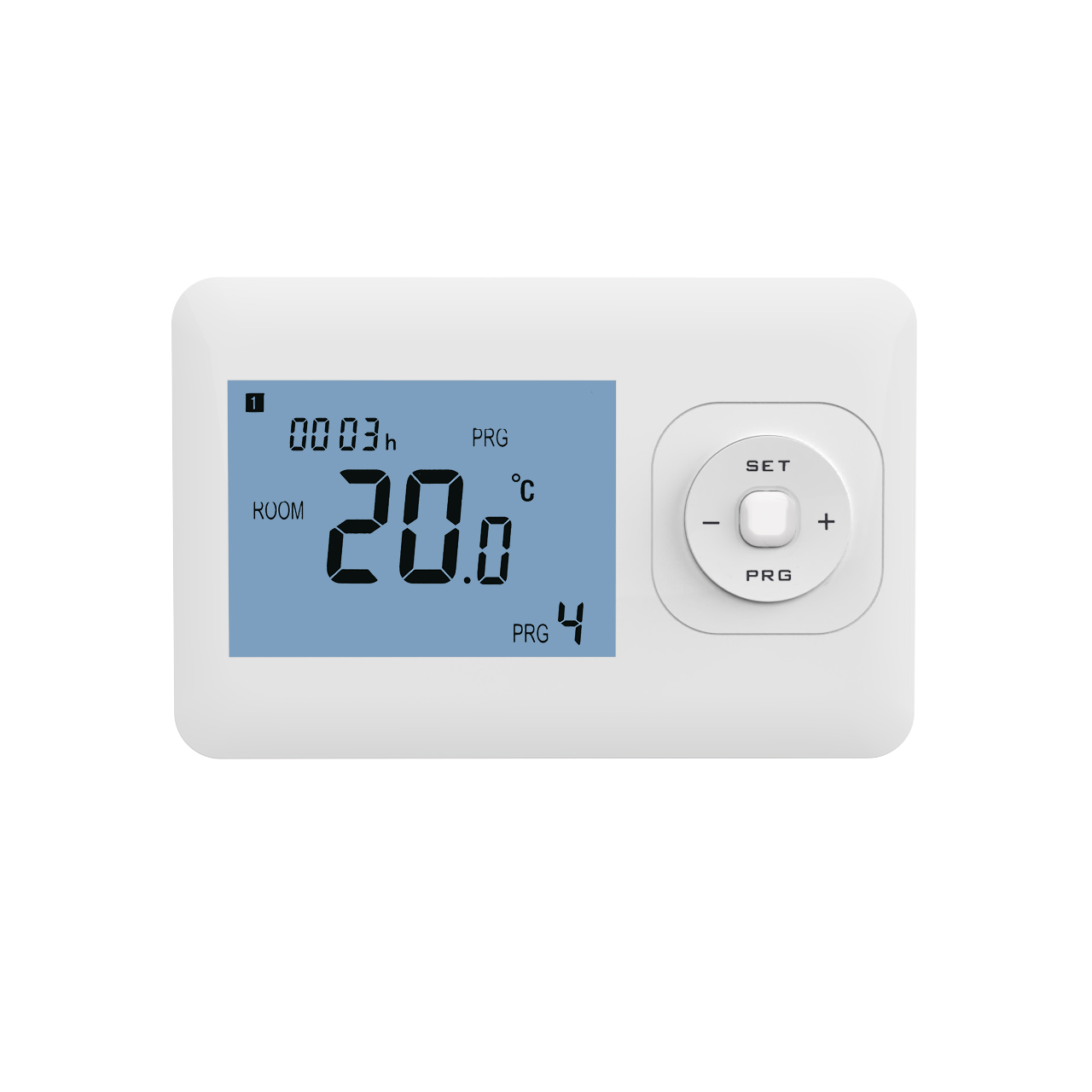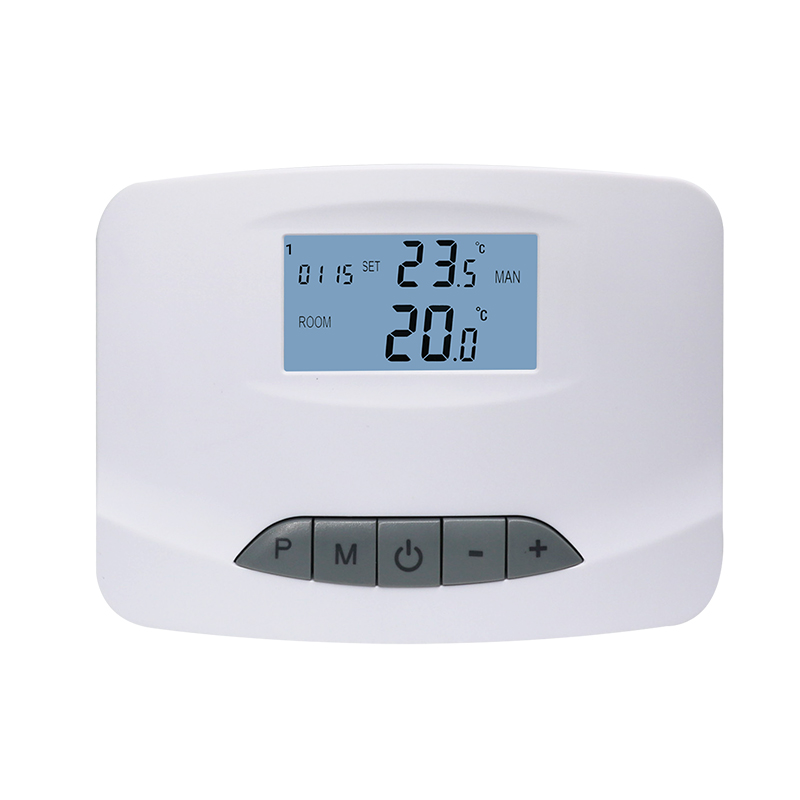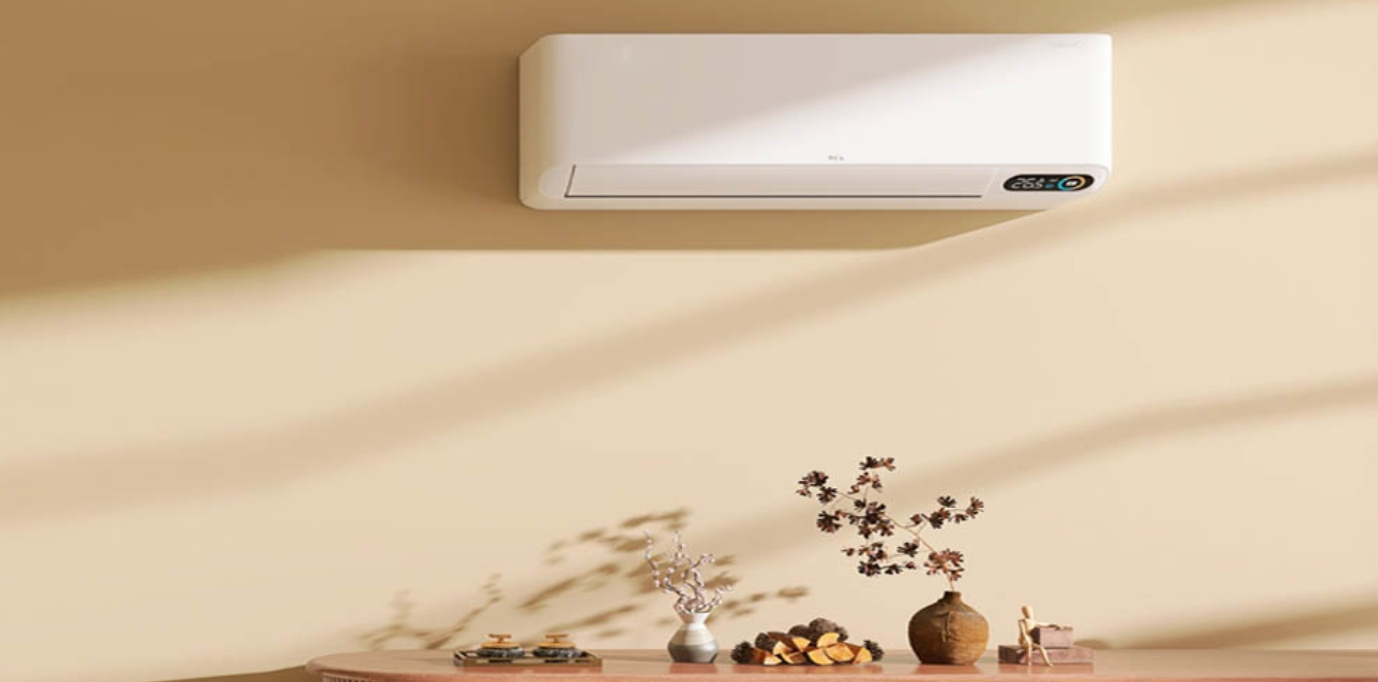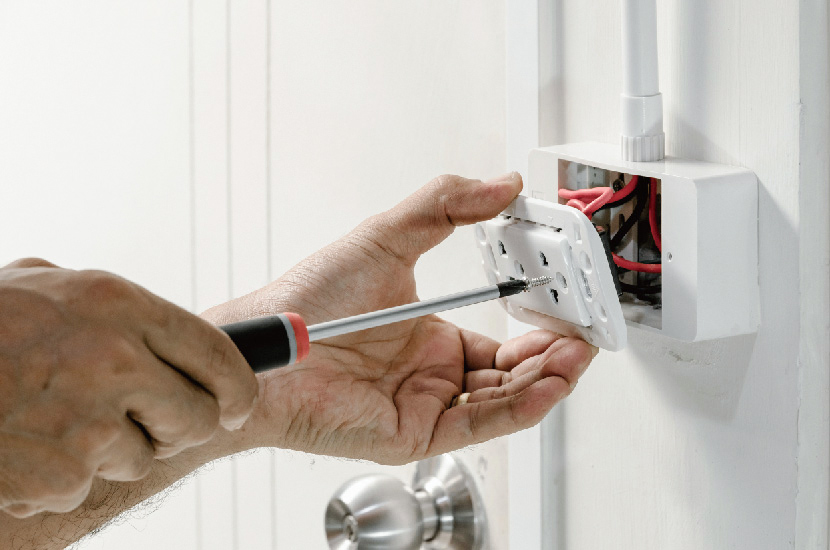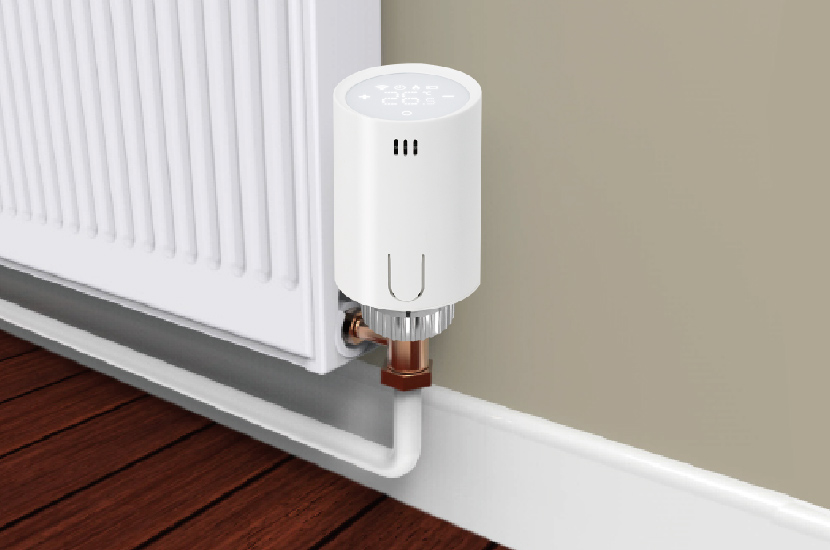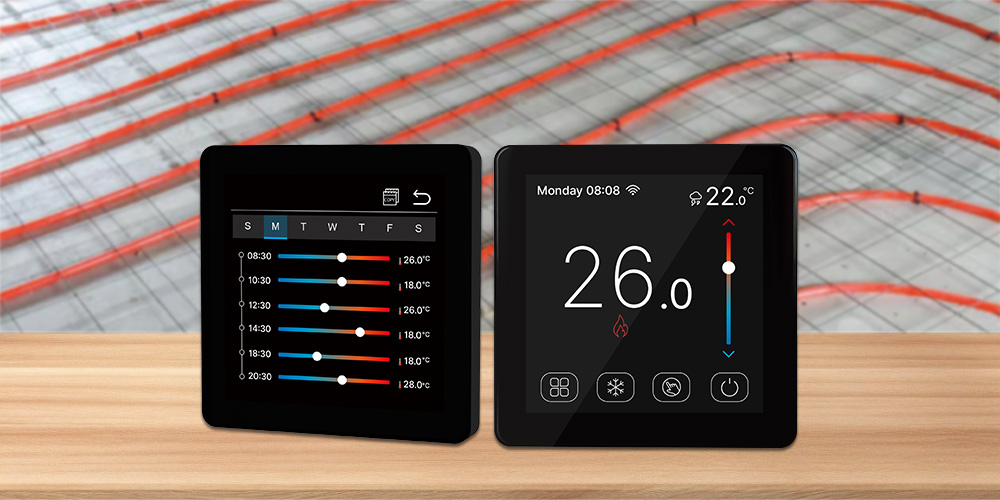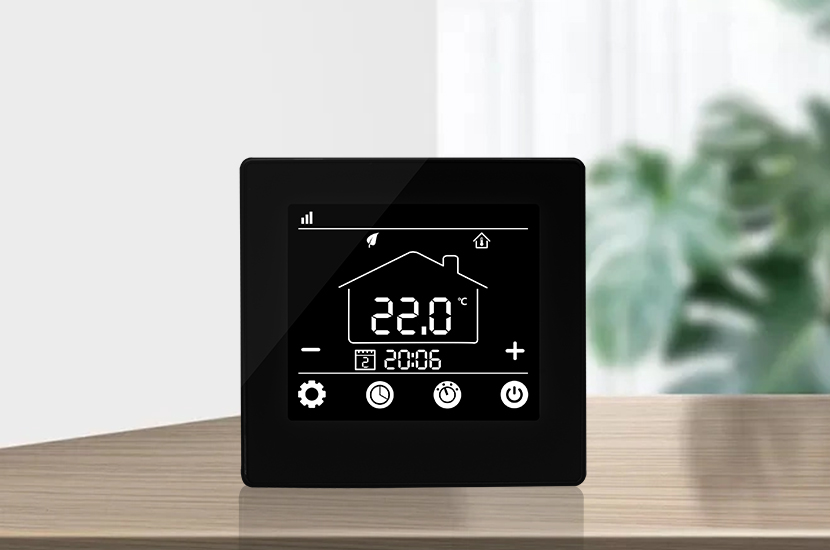Featured articles
More from the category
How to pair wireless thermostat with boiler host?
05/16/2025
In modern heating systems, wireless thermostats are favored by more and more home and commercial users because of their easy installation and flexible control. But many people will encounter a key problem in actual use: How to correctly pair wireless thermostat with boiler host? If the operation is improper, not only can remote control not be achieved, but also heating efficiency may be affected. This article will explain the pairing process of wireless thermostat and boiler host from principles, steps to common problems.
Relationship between wireless thermostat and boiler host
The wireless thermostat communicates with the boiler host through radio frequency signals to achieve real-time control of indoor temperature. It usually consists of two parts: a movable controller and a receiver module fixed near the boiler. The pairing process is to let the two “recognize each other” and establish stable communication.
Preparation before pairing
Before starting pairing, please confirm the following:
Is the power on: The boiler and thermostat must be powered.
Frequency band compatibility: Make sure that the thermostat supports the frequency of the boiler host (commonly 433MHz or 868MHz).
Read the instructions: The pairing steps for different brands may vary slightly, so it is important to refer to the original manufacturer’s instructions.
Standard steps for pairing a wireless thermostat with a boiler host
The following is a general pairing process that applies to most wireless thermostat brands:
Reset the receiver
Press the receiver “Learn” or “Pair” button on the boiler host, and you will usually see a flashing LED indicator, indicating that you are in pairing mode.
Activate the thermostat to transmit a signal
Enter pairing mode on the wireless thermostat (usually set in the menu or press a button for more than 3 seconds). The thermostat begins searching and sending signals.
Confirm successful connection
The receiver’s LED light stops flashing or becomes solid, indicating that it has been successfully connected. At this time, you can test the temperature increase or decrease command to see if the boiler responds.
Common problems and solutions
During the pairing process of the wireless thermostat and the boiler host, users may encounter a series of common problems. One of them is pairing failure, which is usually caused by the signal distance being too far, low battery power or wrong operation sequence. At this time, you should first bring the thermostat close to the receiver and check the battery status to ensure that you enter pairing mode within the correct time window.
Another common phenomenon is that the boiler does not respond after the thermostat sends a command. This may be due to the fact that the receiving module is not properly connected to the boiler circuit or the connection is loose. It is recommended to check whether the wiring is firm and confirm the compatibility of the receiver with the host system, especially when changing the device model.
In some environments, users will also encounter frequent disconnections between the thermostat and the host, which is often related to wireless signal interference. For example, nearby Wi-Fi routers, metal objects or thick walls may affect signal transmission. Optimizing the installation location and avoiding strong interference sources are effective solutions.
In addition, some users reported that they could not establish a connection. After inspection, it was found that the communication frequency between the thermostat and the receiver did not match. When purchasing equipment, it should be confirmed that both support the same RF frequency band, otherwise the pairing cannot be completed even if the operation is correct.
Overall, most problems can be avoided through standardized operation, reasonable wiring and correct selection. Mastering these basic troubleshooting methods will help users quickly establish a stable temperature control system and ensure the efficient operation of the heating system.
Pairing wireless thermostats is not complicated, but each step needs to be executed accurately. Only by mastering the pairing principle, understanding the brand characteristics, and adjusting the settings according to the actual environment can we achieve the real intelligent temperature control effect. Especially in today’s increasingly demanding energy saving and comfort, choosing and correctly pairing the wireless thermostat is a key step that every heating system user cannot ignore.
